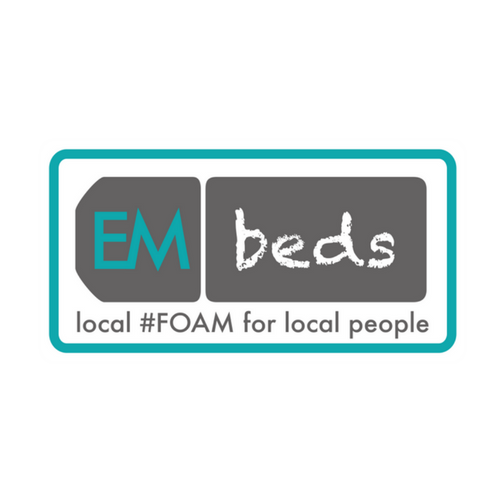
- Infection in the skin fold (or paronychium) to lateral edge of the nail (of the finger or toe, but most commonly finger).
- Leads to a pus filled abscess.
- Can result in cellulitis of the digit, and any other complications usually seen with this.
- Is often very painful.
- Common in nail biting.
- There is poor evidence for the use of antibiotics in the absence of cellulitis or other predisposing factors (such as the immune suppressed)
- Drainage of the abscess is standard treatment. Seems to be effective in the absence of antibiotics.
- Antibiotics rarely effective on their own.
- However, there is little research into the treatment of this condition.
Treatment
Incision and drainage of the paronychia is standard and appears to be effective.
There are a number of ways to undertake this, here are a few.
- Use of ethyl chloride to provide some analgesic cover and incision over the abscess.
- In my experience this works well with large well formed abscess where you can incise over the collection well. It’s quick and more or less pain free in this case.
- Not useful where there is a small, low lying or not visible collection where it can be painful for the patient.
- Use of ring blocking the digit and either incision as above or incision under the skin fold (between the nail and skin).
- This is useful in the above cases and some of my colleagues prefer this method in all cases.
- Soaking of the digit (in warm water for +10mins) and use of a thin blunt instrument to separate the skin fold from nail. This is a new technique to me but seems worth considering.
- This is apparently painless.
- The aim is to gently separate the skin fold from the nail rather than incising this.
- You can “teach” the patient how to repeat the procedure if the abscess begins to refill.
http://https://youtu.be/qoXLIhU0EhI
You can see above the use of a needle to “lift” the nail fold. Anything flat and relatively blunt (such a splinter forceps) is effective and from a psychological point of view maybe be better tolerated than use of a needle or scalpel.
- Then dress with an antibacterial dressing (such as iodine gauze) and tell the patient not to elevate the finger to encourage drainage.
- Decide whether to prescribe antibiotics (yes, in the case of any progressive cellulitis or those immunocompromised).
- Good safety netting as with any infection.
- Review if symptoms recurrent or not settled (I usually say in three days).
Further reading
I strongly recommend going to have a look at this excellent post on ST.EMLYN’S which was my inspiration for writing this, and discusses A&P, treatment, differentials and some complications in more detail.
